
Every runner, whether you're a beginner hitting your first mile or a seasoned marathoner chasing a new personal best, shares a common goal: to improve. While simply lacing up your shoes and hitting the pavement is a great start, true progress, increased speed, enhanced endurance, and injury prevention often come from diversifying your training. Sticking to the same pace and distance day in and day out can lead to plateaus and boredom.
Are you looking to elevate your running game and achieve your fitness goals? Understanding the types of running workouts available is your secret weapon to unlocking your full potential. From building stamina to boosting speed and perfecting your form, different workouts target different physiological systems, making you a more well-rounded and resilient athlete. Ready to take your running to the next level? Let's dive into the essential running workouts you need to know to transform your training and achieve your goals.
Here are six distinct types of running workouts, each designed to serve a unique purpose. All of these training methods are vital and will contribute significantly to helping you achieve your running aspirations.
Base Runs
Purpose: Build aerobic capacity and endurance
Base runs constitute the largest portion of any running regimen. These are "maintenance workouts"—short-to-medium distance efforts performed at a comfortable, conversational pace. Your base accumulates day after day, week after week, and year after year. This foundational training is crucial because it forms the core upon which all other training elements rest. Envision your entire training program as a pyramid: the broader and stronger your base, the higher and more ambitious the peak you can ultimately achieve.
Hill Repeats
Purpose: Build strength and power
A form of interval training executed over undulating terrain, hill repeats are typically incorporated early in the training season to develop significant strength and power. I usually seek a hill that stretches about a quarter-mile long with roughly a 5-degree incline. Your chosen hill can be shorter, but aim to maintain that 5% grade. Following your warm-up, commence your workout by sprinting vigorously uphill, then jog or walk casually back down. Repeat this sequence as many times as suitable for your current fitness level and training objectives. And, of course, remember to perform a proper cool-down afterwards.

Speed Workout
Purpose: Build speed and running efficiency
For many, speed workouts, or interval training, aren't the most "enjoyable part" of running. They will involve some discomfort (perhaps significant), but the resulting benefits far outweigh the effort. Intervals are specifically designed to build speed and enhance running efficiency. Traditionally, interval training is conducted on a track, but if track access is unavailable or weather-hindered, these runs can be adapted almost anywhere. Indeed, I've even completed speed workouts in mall parking lots and the hallways of our local elementary school after hours (though that requires an inside connection).
Interval training involves brief spurts of high-intensity running alternated with recovery periods (jogging or walking). Below is an example of a speed workout:
2-mile warm-up: Begin with a gentle jog to prepare your muscles.
8 x 400 meters with 2:00 recovery between each: Run 400 meters (one lap on a standard track) at a fast, hard effort, then follow with 2 minutes of easy jogging or walking to recover before the next 400m repeat.
2-mile cool-down: Finish with a slow, relaxed jog to bring your heart rate down and promote recovery.
Interval training will vary significantly based on your current fitness level (early versus late season) and the specific race distance you're targeting. If your preparation is for a 5K, your intervals will be shorter in length and executed at a faster pace. Conversely, if you're training for a half marathon, your intervals will extend in duration, and the pace will adjust to be slower accordingly.
Tempo Runs
Purpose: Build lactic acid tolerance
Tempo runs, also known as threshold runs or anaerobic threshold runs, equip you to run faster and longer without the abrupt onset of fatigue. Put simply, as your running speed increases, you'll eventually reach your anaerobic threshold, the point where your body can no longer supply sufficient oxygen to your muscles to sustain the effort, leading to lactic acid accumulation in your bloodstream. You've likely witnessed this in a local race when a friend starts too aggressively and subsequently "hits the wall." It appears as though a 300-pound bear has leaped onto their back, and they're struggling to carry it to the finish line. The positive news is that tempo runs can significantly enhance your body's tolerance to lactic acid.
A tempo run typically lasts 20 to 30 minutes, aiming to train at or very near your anaerobic threshold. This workout has a specific purpose, and running faster than the intended pace won’t achieve the desired effect. So, how do you determine your tempo run pace? You could measure it in a lab, running on a treadmill while technicians repeatedly prick your finger to check lactic acid levels as your speed increases. But realistically, who has access to a lab? Instead, here are a couple of practical ways to dial in your tempo run pace:
- Your tempo run pace should feel challenging yet manageable. You should be able to speak in brief phrases, but carrying on a full conversation should be difficult.
- Increase your 5K pace by 25-30 seconds per mile.
- If you use a heart rate monitor, aim for your tempo run to be between 85% and 90% of your maximum heart rate.
The objective of a tempo run is to establish and sustain the pace that aligns with your anaerobic threshold for 20-30 minutes. With this in mind, I prefer to execute tempo runs on a flat surface. Maintaining a consistent pace and effort becomes challenging when navigating undulating terrain.
Long Runs
Purpose: Build endurance and mental confidence
A weekly long run will significantly enhance your overall endurance and instill the crucial mental confidence required to complete your race distance. Typically undertaken on weekends when you have more time to hit the roads or trails, these long runs should be maintained at the same comfortable pace as your base runs. The duration of your weekly long run will progressively extend as you delve deeper into your training cycle. Furthermore, the length of your single longest run will vary, depending on the specific race distance you're targeting. Whenever feasible, I encourage runners to complete at least one run that matches their goal race distance. While this isn't always practical for marathon preparation, I still aim for runners to reach the 22-24 mile range. Given that you'll be out for an extended period, these workouts demand a bit more preparation. Staying hydrated is paramount, so either carry water (Camelbacks are excellent), have a friend cycle alongside you with hydration (my wife appreciates this when I do it for her), or simply know the locations of water fountains along your route. You might also require a little energy boost during the run to stave off the dreaded "bonk." Energy packets, available in various flavors, are easily stowed for consumption mid-run.
Fartlek
Purpose: Build speed and running efficiency in a less structured format
The Swedish term for “speed play,” fartlek is a flexible form of interval training done on roads. It involves switching between faster and slower running segments within a base training session or long run. This is ideal for runners without track access, beginners who might feel uneasy about track running, or those who prefer the ease of starting a quality workout right from their doorstep. Here are a few examples of fartlek workouts.
Workout #1:
5-mile warm-up: Begin with a comfortable, easy run to prepare your body.
2:00 minute hard / 2:00 easy (repeat 10 times): Alternate between two minutes of high-intensity running and two minutes of easy jogging or walking for recovery, repeating this cycle ten times.
5-mile cool-down: Finish with a relaxed, slow run to gradually bring your heart rate down and promote recovery.
Workout #2:
5-mile warm-up
3-4 miles of fartlek with varying distances. Choose a landmark ahead (like a tree or streetlight), sprint to it, then jog until recovered. Select another landmark and repeat.
5-mile cool-down
Workout #3:
5-mile warm-up
3-4 miles of fartlek, sprinting on all uphill sections and going easy on flat and downhill parts. Choose a course with rolling terrain for this workout.
5-mile cool-down
There are no rigid rules for fartlek running. Feel free to adjust your workout to perfectly align with your specific training objectives. If you're training for a 5K, your faster sections should be shorter in duration. Conversely, if you're preparing for a half marathon or marathon, these harder efforts should be extended.





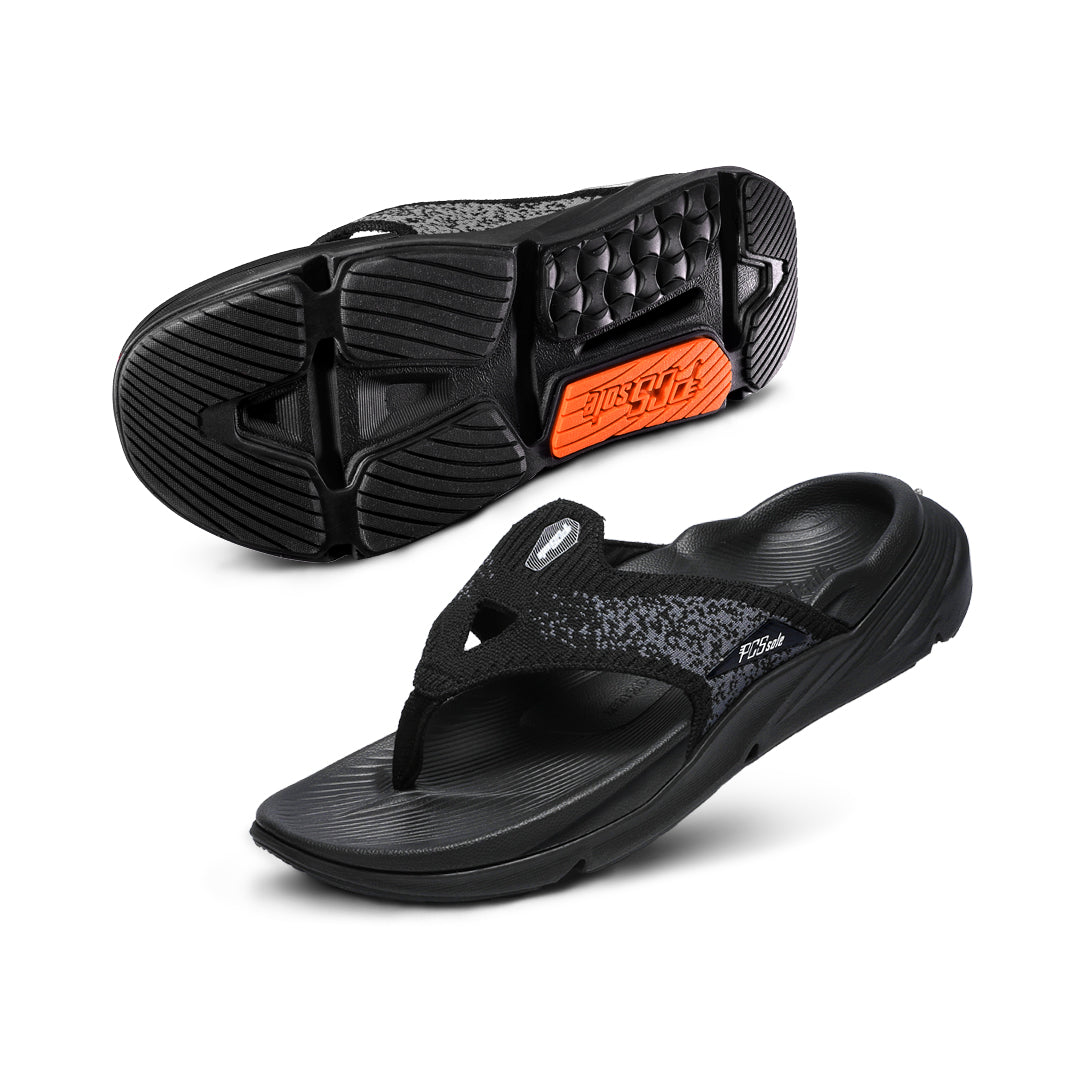

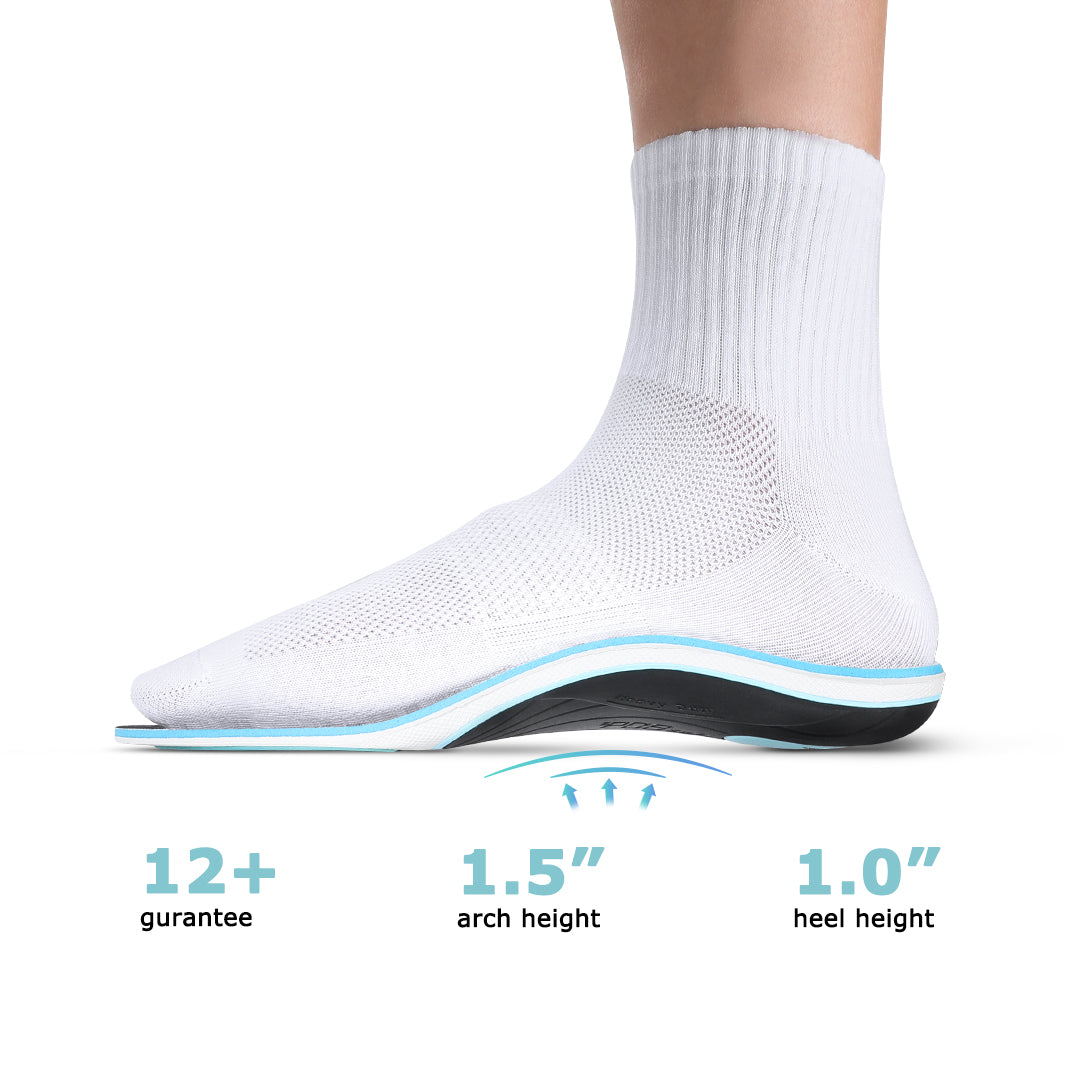
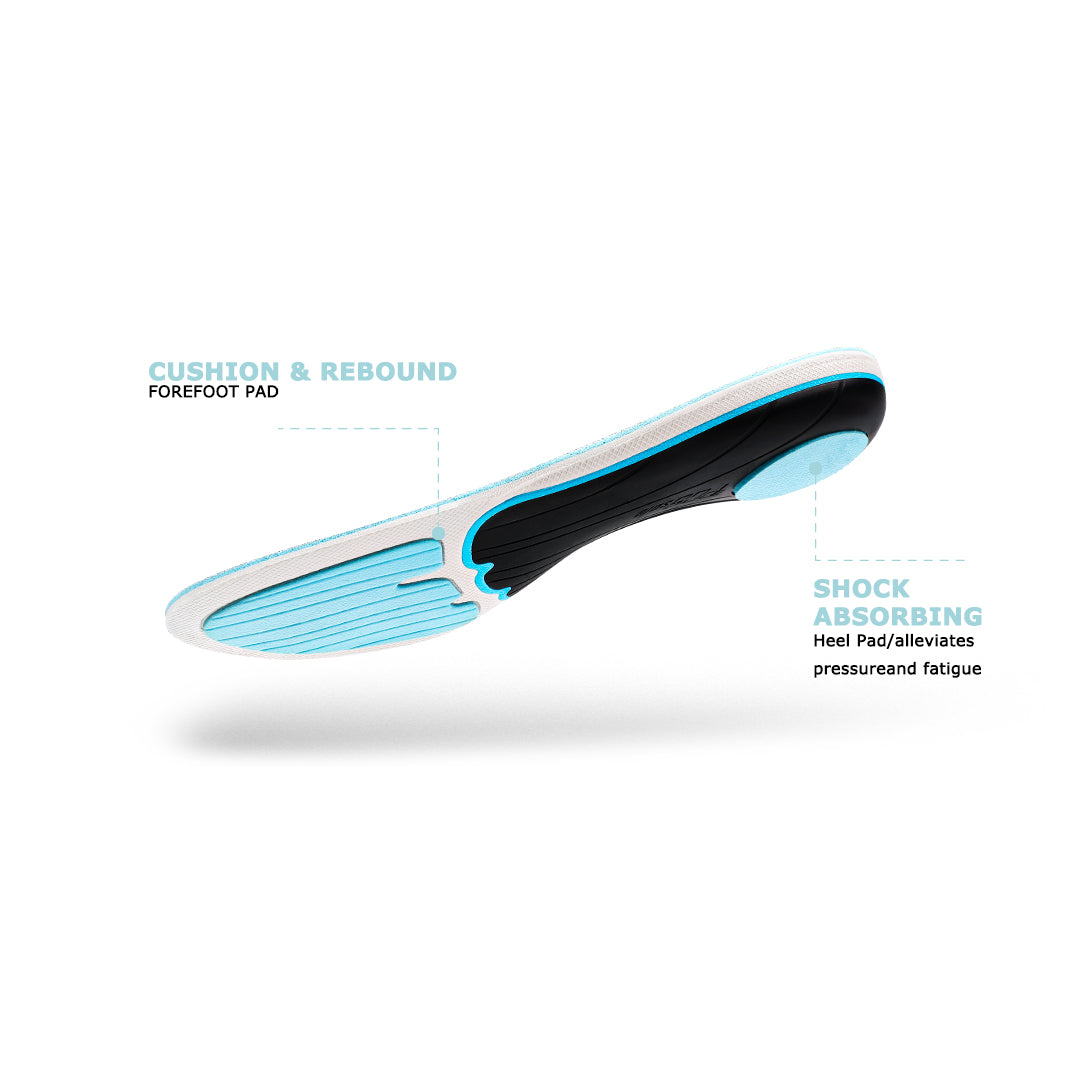
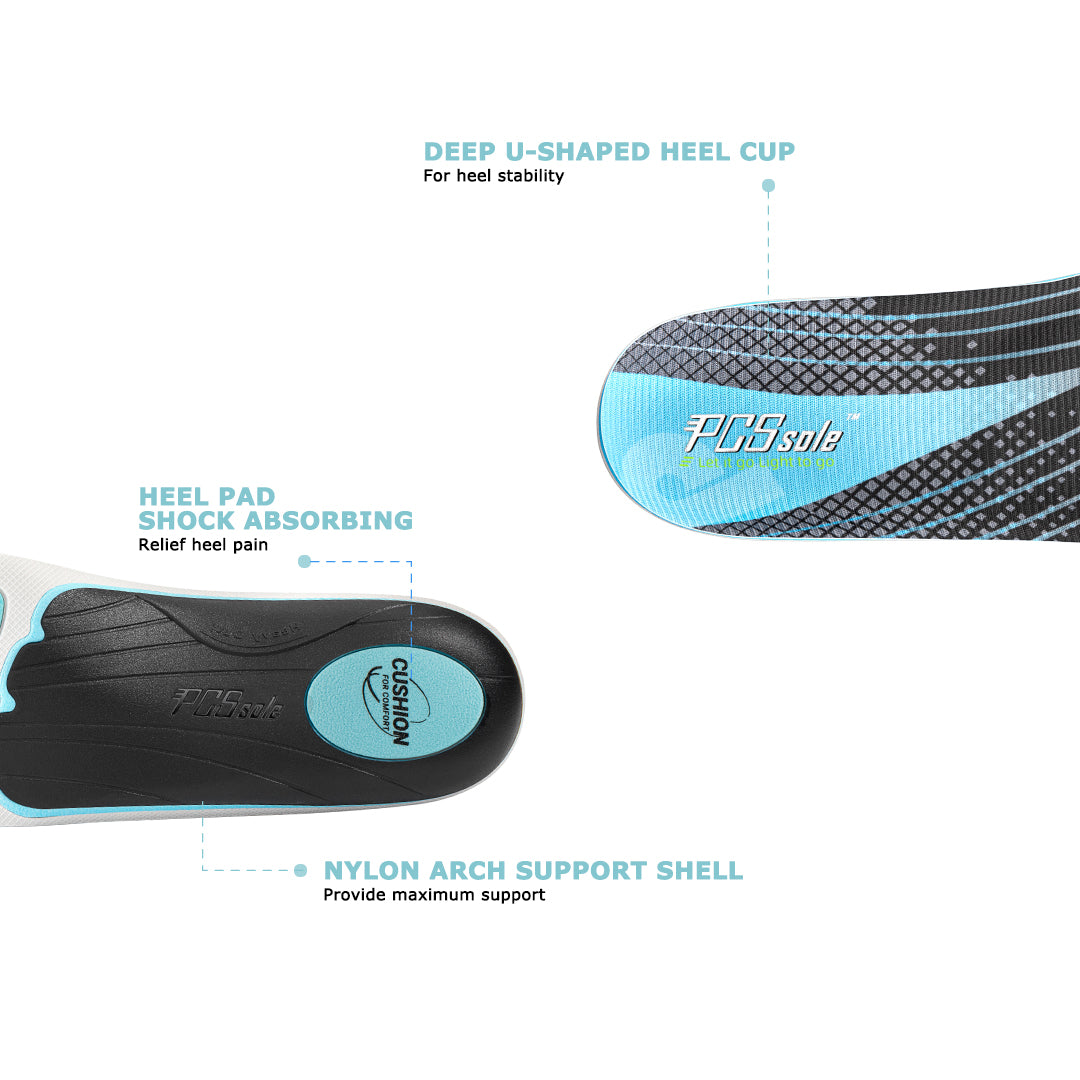


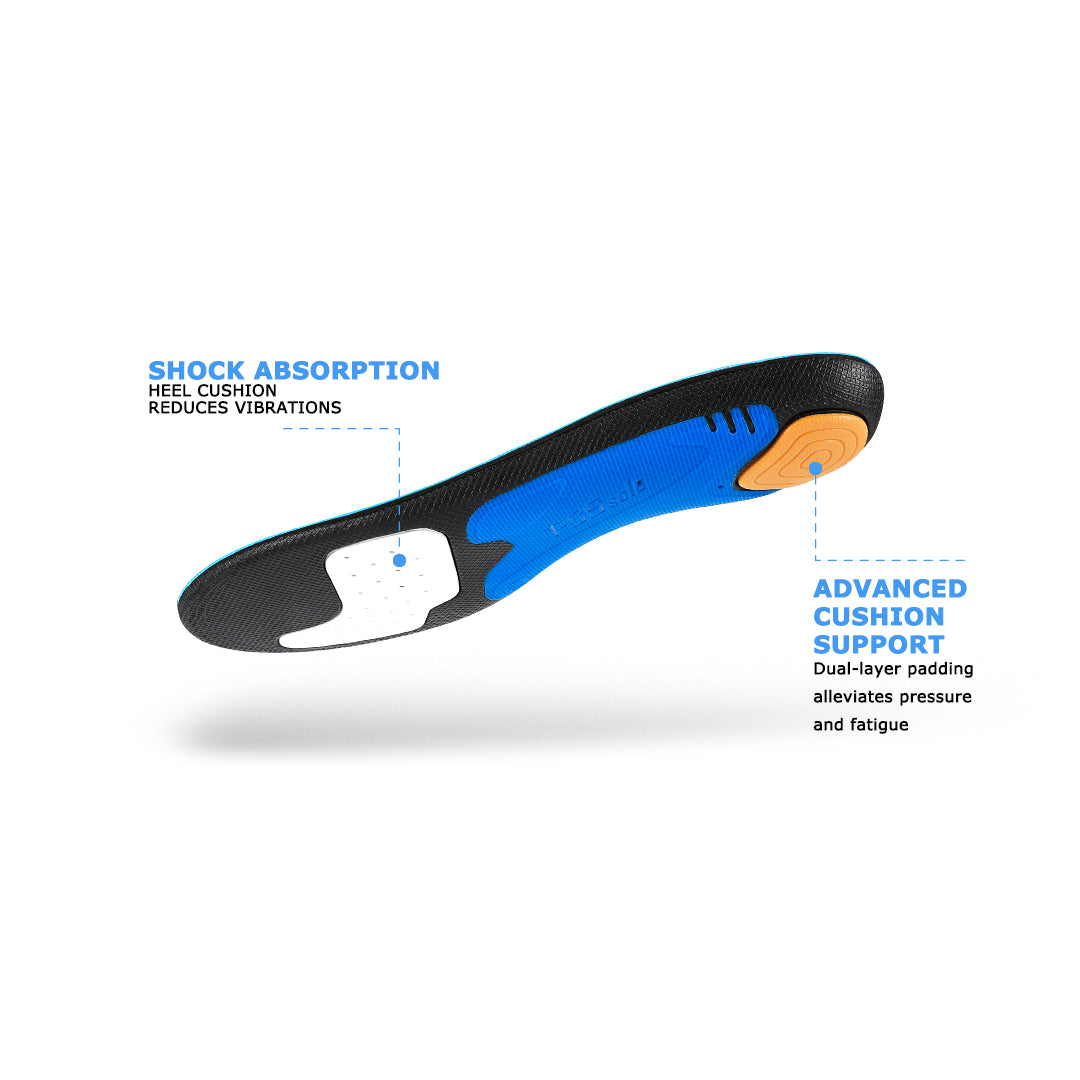
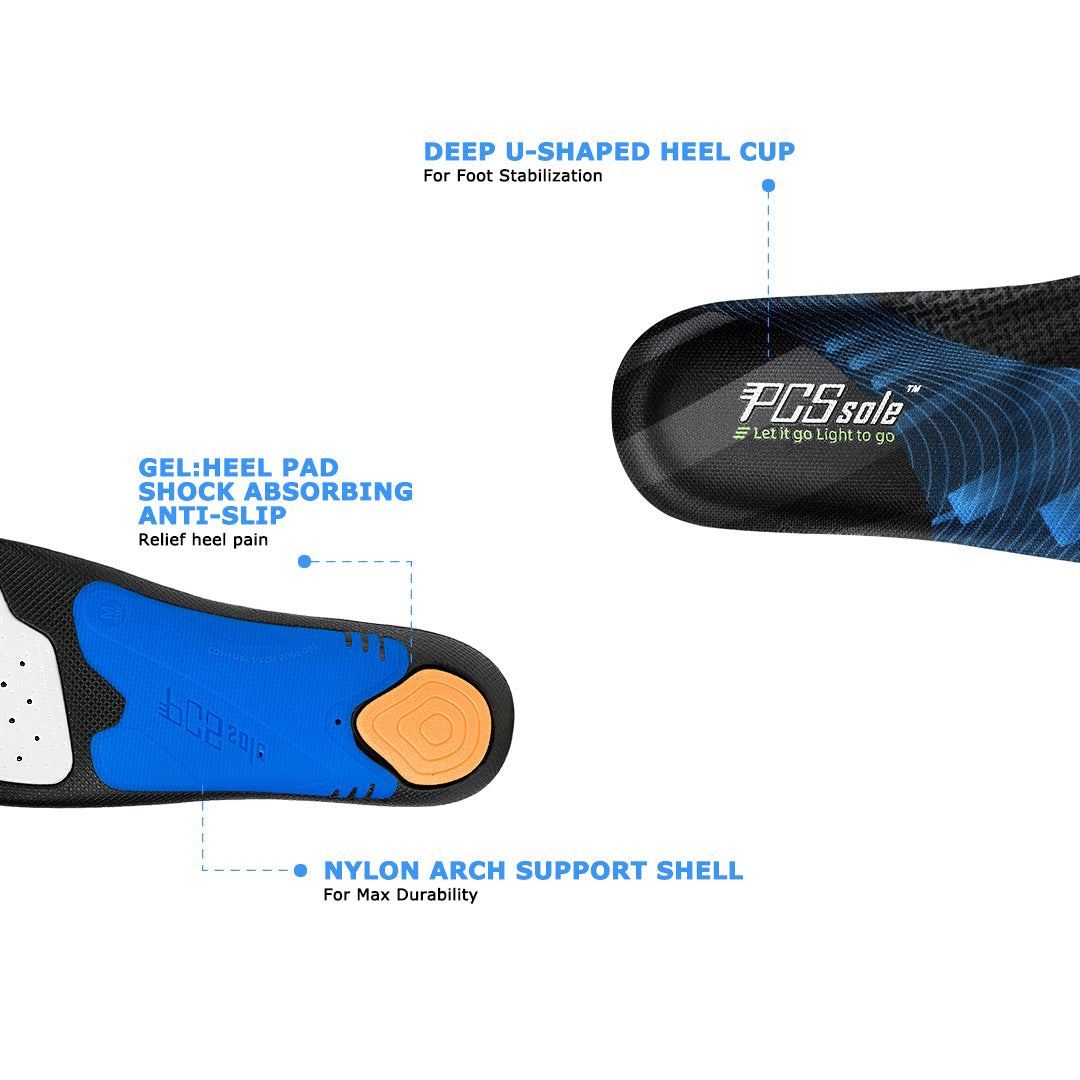



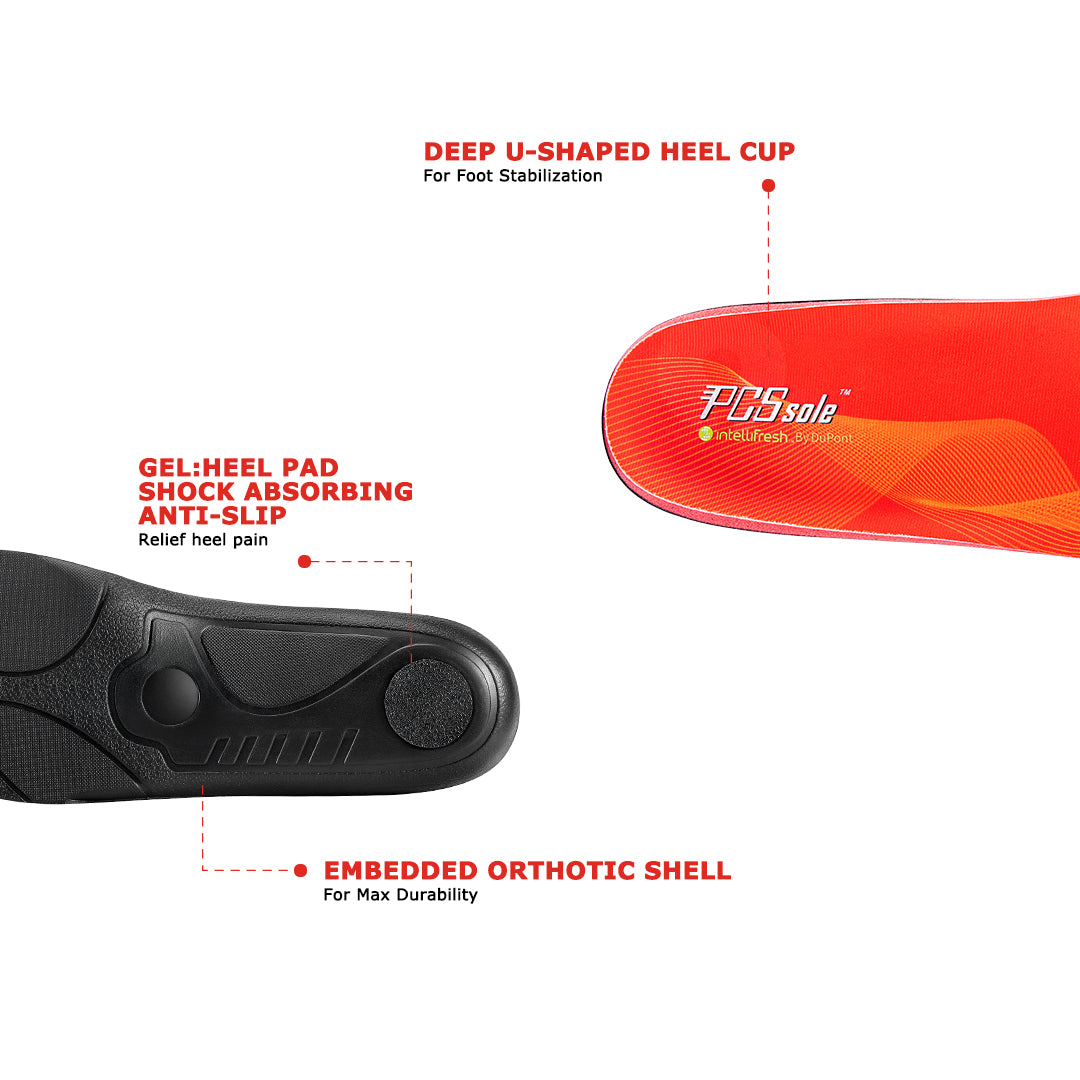




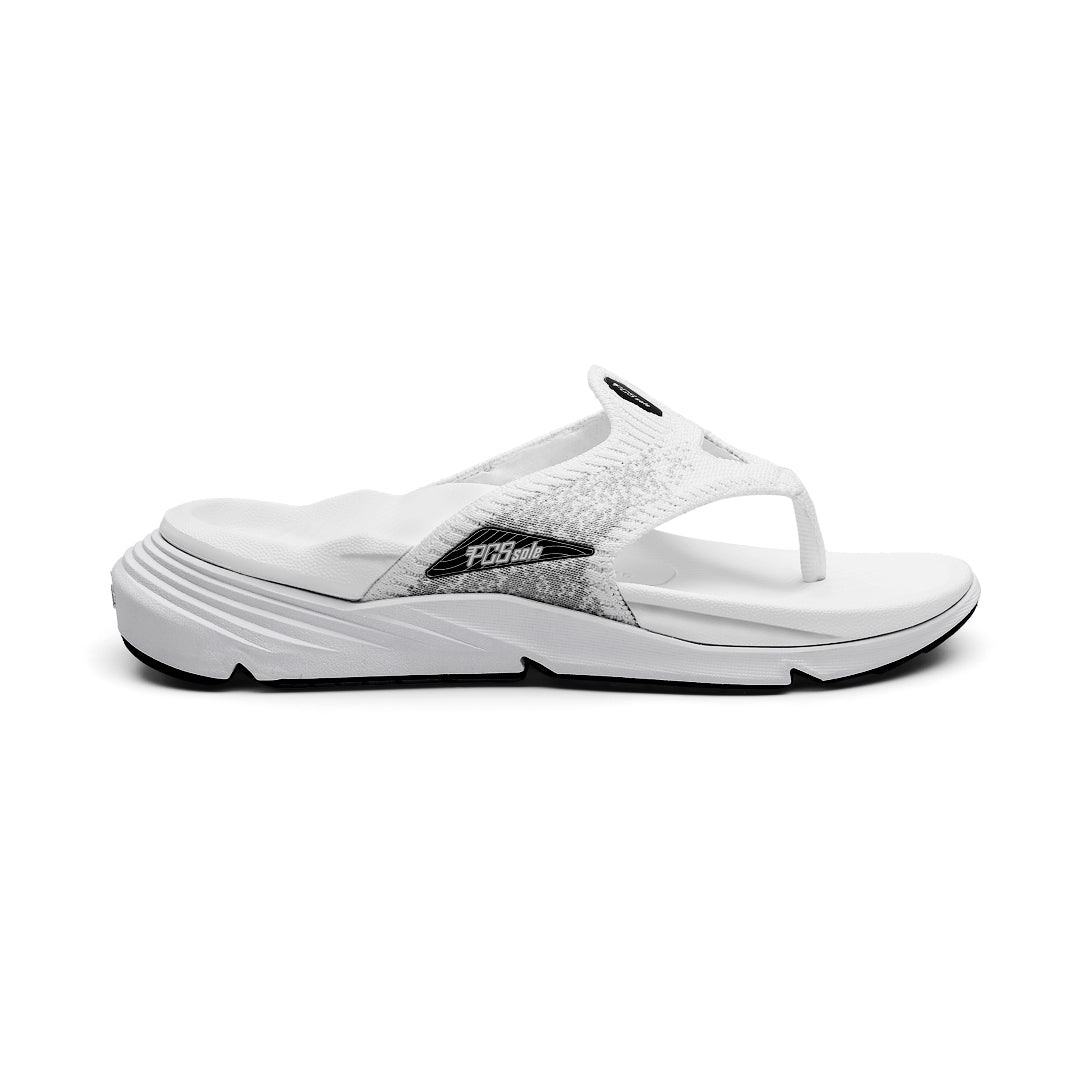


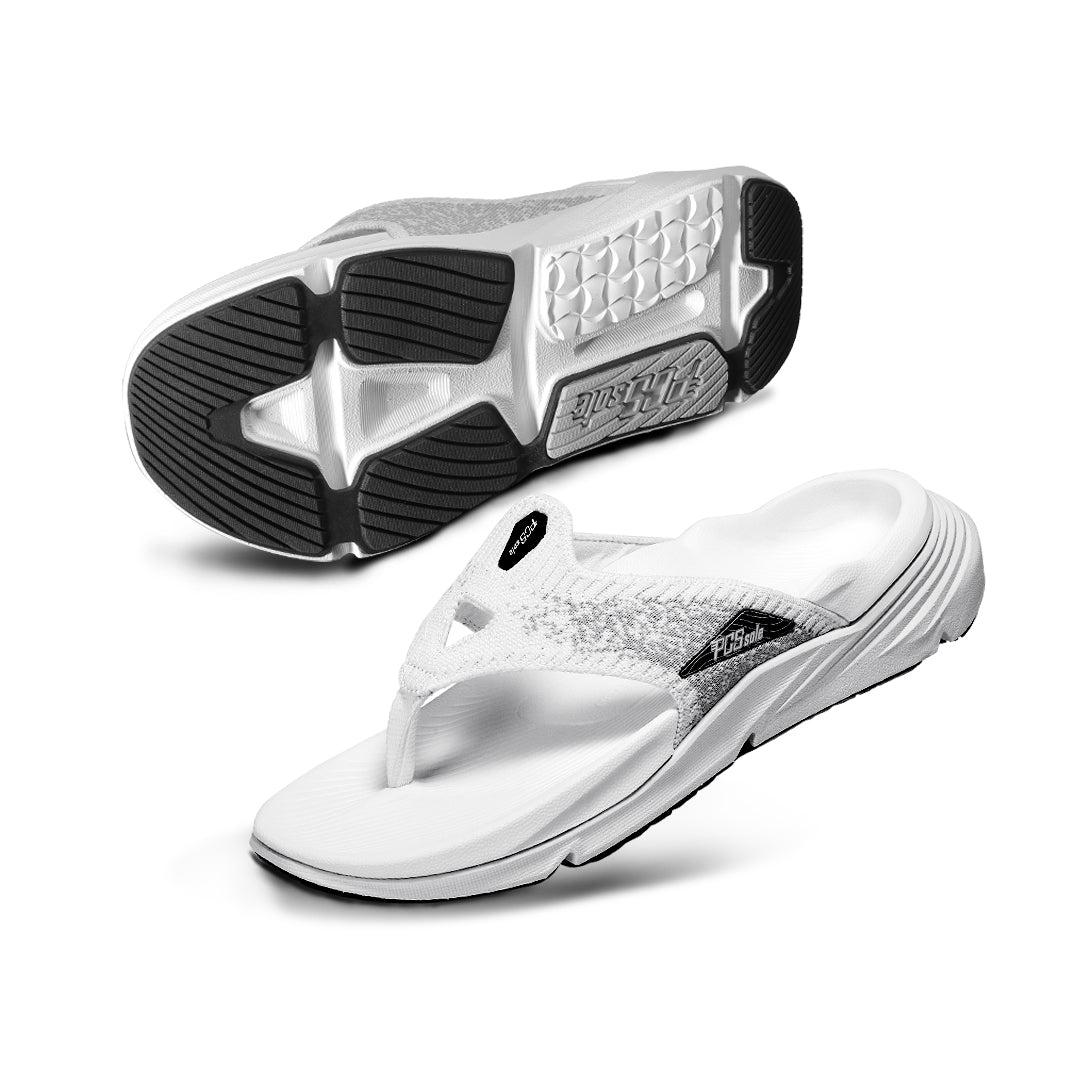
Aktie:
Exploring the Benefits of Walking Barefoot at Home
Arch Support Insoles for Posterior Tibial Tendonitis and PTTD